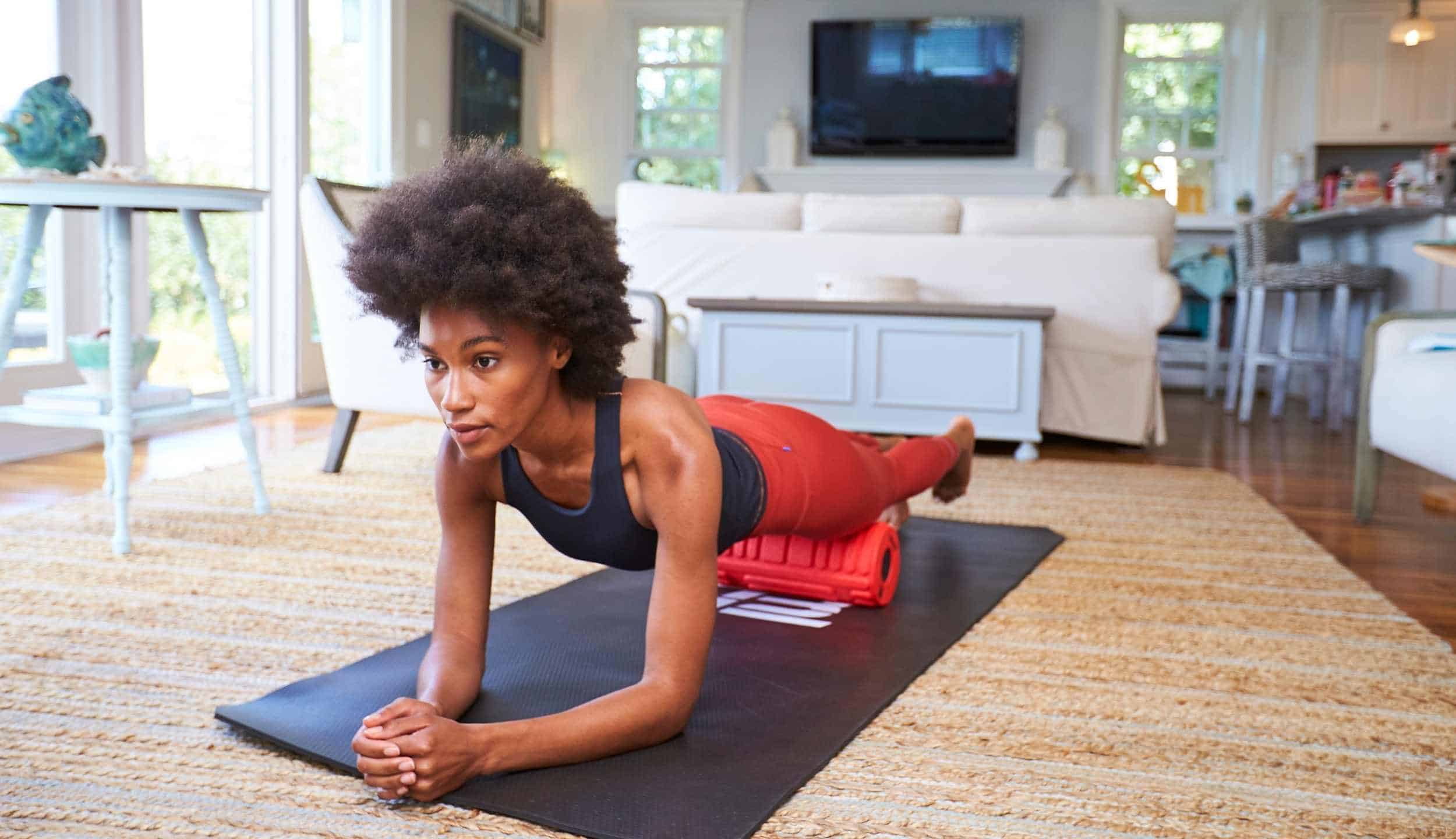JAMES CASTRELLO, ATC, CSCS, is the Head Body Coach at the TB12 Performance & Recovery Center in Foxboro. Originally from Lynn, Massachusetts, James earned a Bachelor of Science in Athletic Training from the University of Southern Maine and a Master of Science in Applied Nutrition with a concentration in Sports and Performance from Northeastern University. James specializes in providing our clients with pain-free solutions to whatever it is that brings them into the doors of our TB12 Center.
“The most rewarding thing for me is taking a client who, following a surgery, can barely walk, and watching them progress back to what they love to do,” James says. “Whether it’s their sport, favorite activity, or simply being able to enjoy their daily life.”
We asked James to share insights from his experience in working with TB12 clients recovering from knee surgery or injury.
Each client is an individual
A variety of different factors come into play during my first session with a newcomer to TB12. Age, gender, sport, past medical history, goals, the type of procedure performed, and how far out from surgery or injury they currently are — all play a role in determining how to initially treat one client to the next.
I try to get to know my client before making any specific assessment. What is their demeanor? Their mindset? Are they nervous? Are they pissed off? Do they seem standoffish, or are they welcoming?
I approach everyone as an individual. I want to get a sense of who and where they are. From there, we determine our short- and long-term goals.
Checking the Boxes
With that said about goals, I don’t necessarily believe that specific preset timelines are always appropriate. I have a progression that goes along with rehab. We have to “check a box” before we move on to the next box. If we can confidently and efficiently check that box at week three instead of waiting for week four, it makes no difference to me. Once completed, we move on to the next, then on to the next, and so on.
First Objective
As with any other type of injury or rehab, my immediate goals with clients recovering from knee injuries are to control swelling and to improve their current range of motion by thinning out scar tissue and improving tissue pliability. From there, I work to improve muscle fiber recruitment and facilitation.
There’s no sense in trying to strengthen a muscle if we aren’t doing it with optimal muscle fiber recruitment. We do that through our muscle pliability work and by training specific movement patterns during a one-on-one session. We reinforce this with strengthening and no-load resistance exercises, then carefully progress toward functional, sport-specific movement patterns.
The Mental Piece
A large part of the rehabilitation process that often gets overlooked is the mental piece. Injuries take athletes away from the sport or activity they love to do. For a lot of them, it can be completely overwhelming.
We, as clinicians, have a responsibility to address this. In my experience, there are far too many clinics in this business that instead of addressing that a client may be emotionally overwhelmed, tend to ignore it.
I build trust through being open and honest and assuring my client that I will never ask them to do anything that I am not already 100% confident in their ability to achieve. If they listen to me, I will get them to where they want to be.
The Goal of Rehab
Any athlete who gets hurt just wants to be back to where they used to be before the injury. They ask “Will I ever be the same as I was before getting hurt?” My answer always is, “That shouldn’t be our goal.” The goal of rehab shouldn’t be to just get back to where you were prior to getting hurt; instead, it should be to surpass where you were before getting injured. I always strive to put the client in a position to be a BETTER athlete than they were before.

Laying the Foundation & Bridging the Gap
Working through the client’s rehabilitation over time, you can identify weaknesses, asymmetries, and help establish performance goals. Once we’re ready, I’ll address performance attributes that can help the athlete perform better in their sport. By the time their rehabilitation is completed and they’re in a position to return to full activity, we have rehabilitated the injury, we have laid the foundation for a prevention program to prevent future occurrences of the injury, and we have begun to address sport-specific performance goals. Bridging the gap between rehabilitation and performance is a gap in our industry that, in my opinion, a lot of places get wrong. We get it right here.
The Brain-Body Connection & Recovering Function
Post-operative patients — due to the trauma from the procedure, compounded by the immobility and the non-weight bearing situation they’re in to have muscles that become inhibited.
That is to say, when you attempt to contract a muscle like your quadriceps, no matter how hard you try, you can’t get anything to contract. This causes the muscle to eventually atrophy due to inactivity. There is a clear brain-body disconnect here.
Through our muscle pliability work — in conjunction with firing the relevant nerves through repetitive attempts at motion — you can see an improvement in muscle facilitation.
The same goes for an antalgic gait — the abnormal walking pattern people adopt to avoid pain. You’d be surprised how difficult it is for a person to return to a normal walking gait following an injury or surgery. Most of the time, this has nothing to do with pain or symptoms — they have just lost their ability to control finer movement patterns, such as walking.

Brain-Body Connection & the ACL
One of the clearest examples of the brain-body connection I can give is in regards to ACL injury rehabilitation and injury prevention. Our goal for this situation is to improve kinesthetic awareness, which is essentially your brain’s understanding of your body’s position in space.
Consider your brain’s ability to subconsciously detect the position of your knee when kicking a soccer ball, or taking a jump shot. Understanding the biomechanics of how an ACL injury occurs, you know that internal rotation of the hip is a problem. We try to avoid this position when loading through our leg.
So with that said, we start with manual pliability work and then reinforce proper knee position or dynamic hip stability, avoiding internal rotation when performing functional movements.
Through repetitive functional movement training, you can improve first consciously — and eventually subconsciously — your client’s kinesthetic awareness and reduce the risk of injury.
The best offense is a good defense when it comes to preventing knee injuries. To take action now, visit a TB12 Body Coach. Also, be sure to check out the TB12 ACL Injury Prevention & Performance Program.





